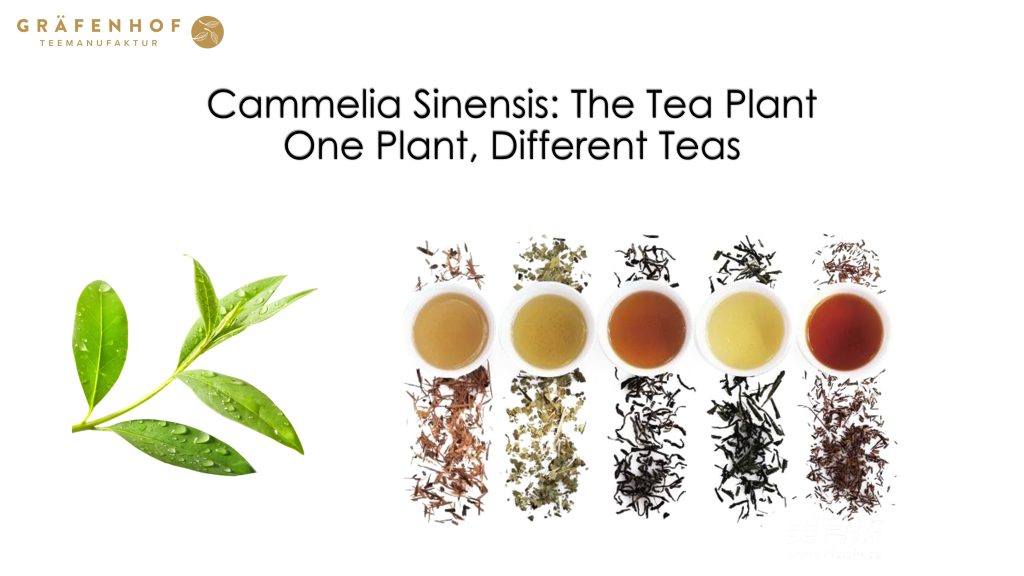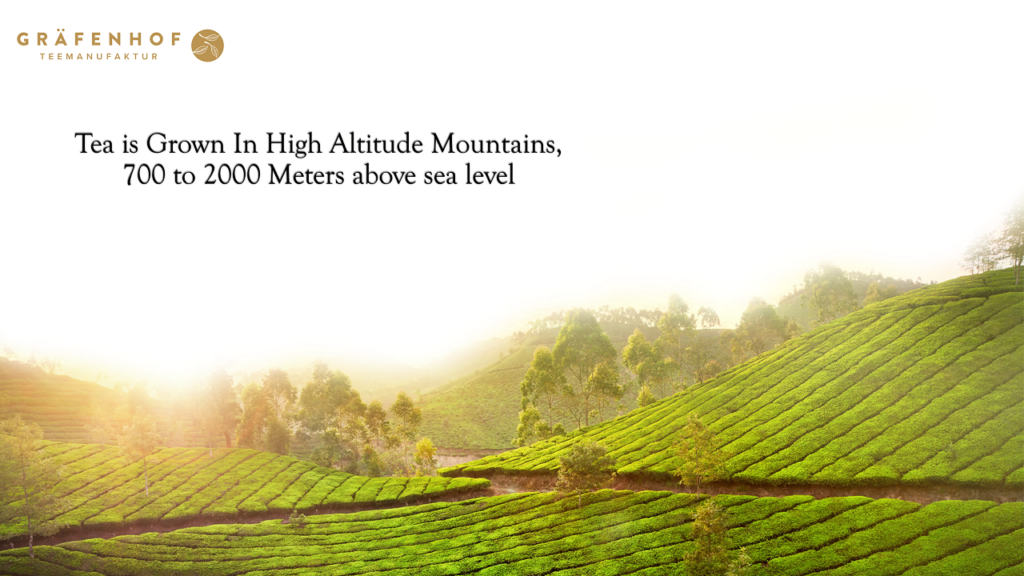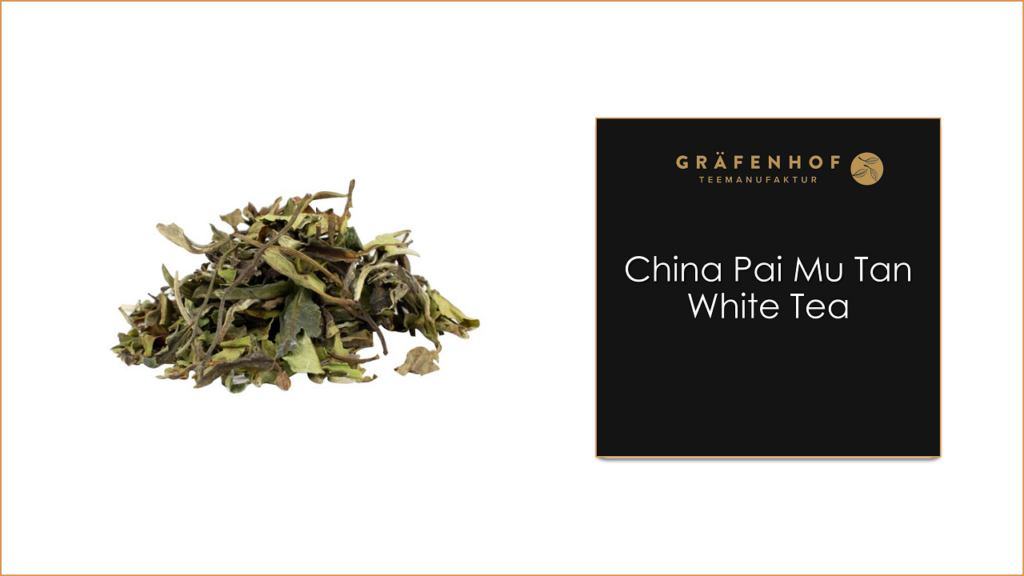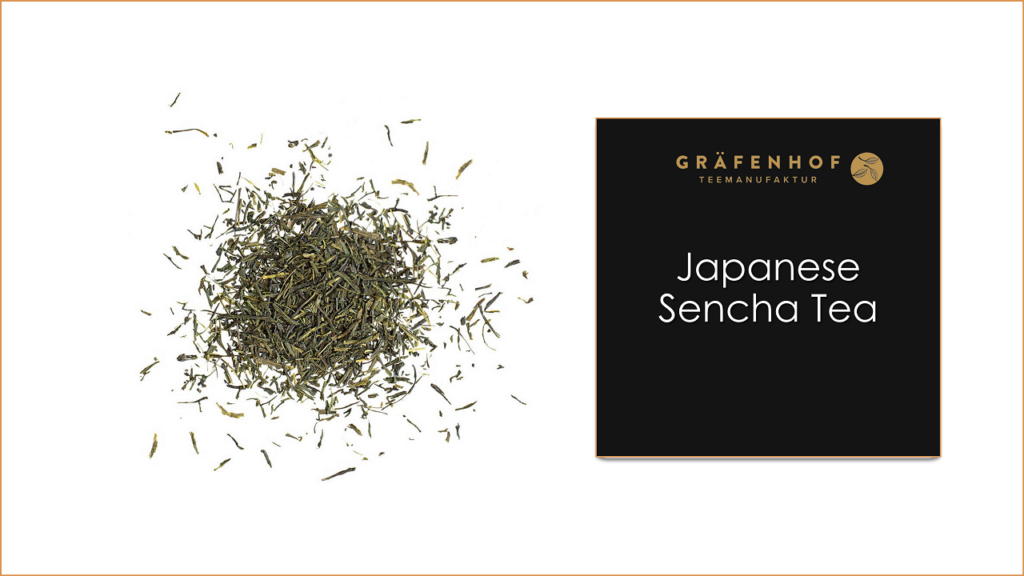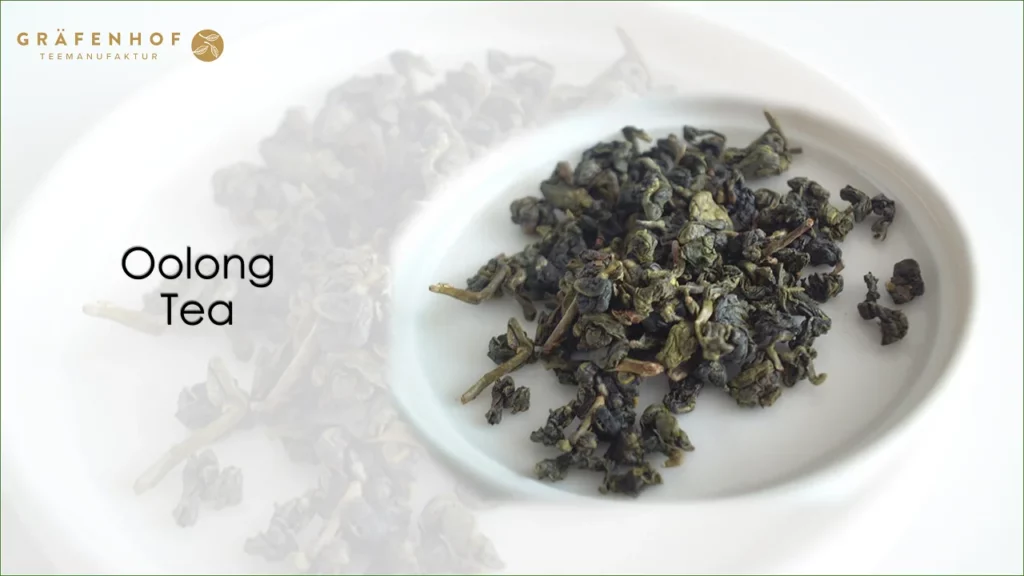Types of Tea
Many new tea drinkers are surprised to discover that herbal teas and flavored teas are not actually teas at all.
The reason is that these teas do not contain any part of the tea plant, the plant known by its scientific name, Camellia sinensis.
In herbal teas and flavored teas, spices, herbs and flowers are added to water to make what is known as an herbal tea.There are three main types of tea.
TRUE TEAS
True teas are made from the leaves of the Camellia sinensis plant. These are the traditional teas that were discovered thousands of years ago.
There are five sub/types of True tea: white tea, green tea, oolong tea, black tea and pu-erh tea. These are the teas that most scientists refer to when researching the health benefits of tea.
Although these teas are derived from the leaves of the same tea plant, they differ significantly in taste, aroma and appearance. White tea is delicate and airy, while black tea is intensely flavorful and strong.
How can these teas be so different when they are obtained from the same leaves?
The answer lies in the production process.
Some True teas, such as oolong and black tea, are oxidized. This process exposes the enzymes in the tea leaves to oxygen, which causes the leaves to darken. Other true teas, such as white and green tea, do not oxidize. The result is a mild, natural and earthy flavor.
Here we explain the differences between real teas.

